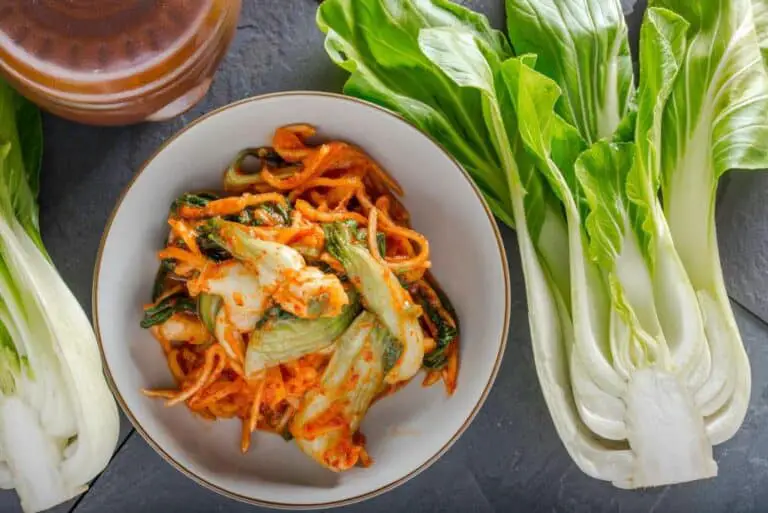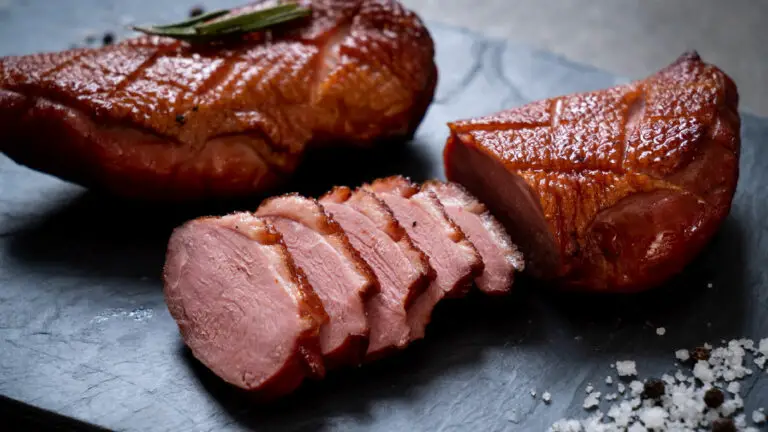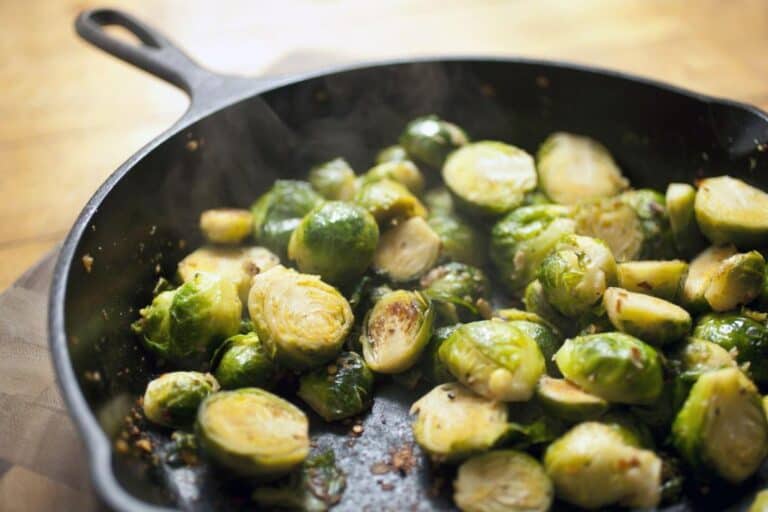Can I Eat Pasta on a Diet? (How to Eat Pasta and Lose Weight)
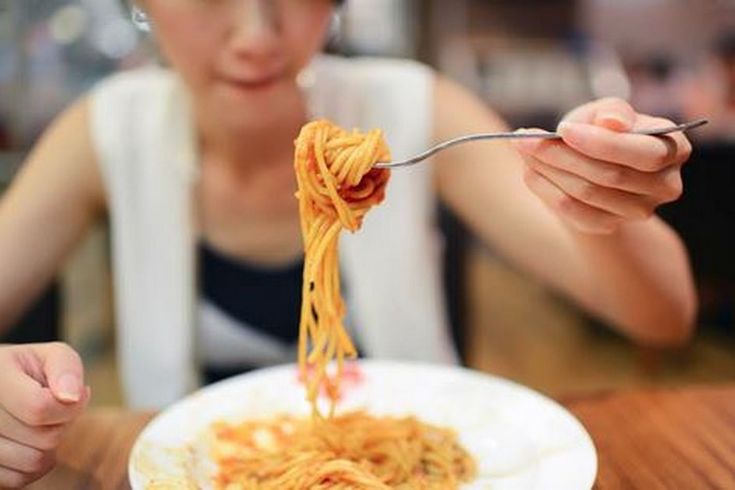
Pasta is a beloved food for many, and for good reason. It’s affordable, versatile, and easy to make. Pasta is a food that is enjoyed by many people all over the world.
But what if you’re on a diet and trying to lose some weight? Is pasta off-limits?
Some people believe that pasta is not a healthy food, but this is not always the case. In fact, pasta can be a very healthy food if you choose and prepare it in the right way.
In this post, I will explain why you can still eat pasta if you are a weight-watcher kind of person. Perhaps you can even lose some pounds by eating mostly pasta as part of a balanced diet.
Is Pasta a Healthy Food?
Though it is often considered to be unhealthy for some people, pasta can be a healthy option if you choose the right kind.
It is a good source of carbohydrates, which are the body’s main source of energy. Carbohydrates come in two forms: simple and complex. Pasta is a complex carbohydrate, which means it takes longer for the body to break down and absorb than simple carbohydrates, such as sugar. This slow absorption helps to keep blood sugar levels stable, providing sustained energy throughout the day.
It also contains essential vitamins and minerals like magnesium, potassium, and vitamin B12. White pasta, on the other hand, is not as healthy as whole-wheat pasta. It is high in carbohydrates and low in fiber and protein. If you are looking for a healthy meal option, whole-wheat pasta is a good choice.
How to Keep Your Pasta as Healthy Food
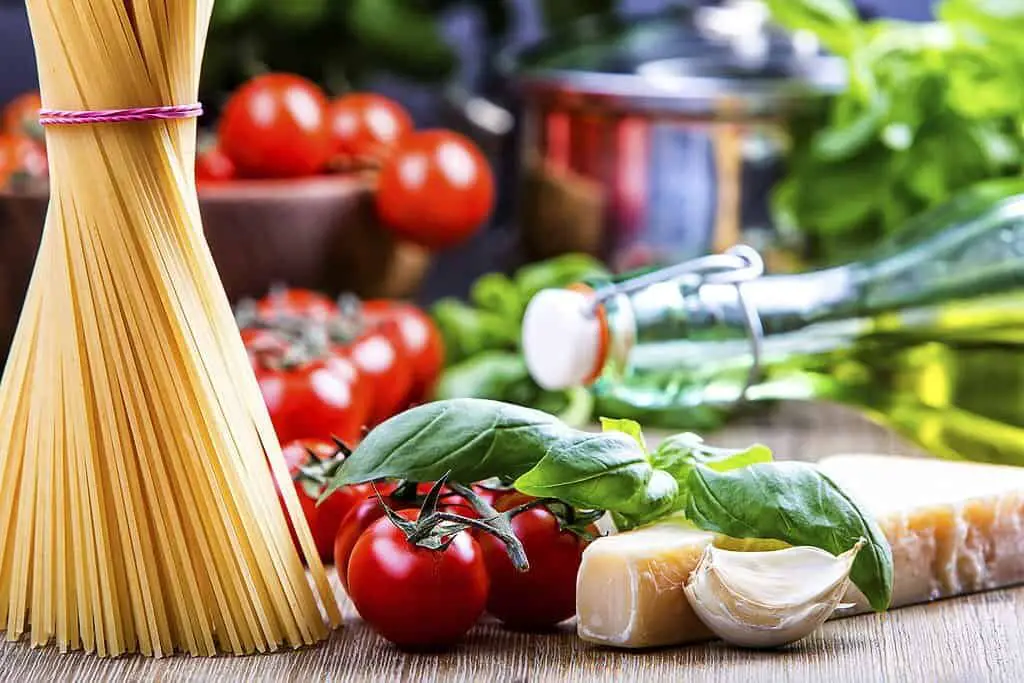
Most people think of pasta as an unhealthy food. It can be, but it doesn’t have to be. You can make your pasta just as healthy as you want it to be. If you are looking for a healthy way to enjoy your pasta, here are a few tips to help you out.
- Choose whole-grain pasta. Wheat pasta contains more fiber than white pasta, and it also contains more nutrients. Fiber is important for gut health, and nutrients are important for overall health. It also has a slightly nutty flavor that goes well with many different sauces.
- Add plenty of vegetables to your dish. Vegetables are low in calories and high in nutrients, so they are the perfect addition to any healthy meal. Try chopping up some fresh tomatoes, mushrooms, or spinach and adding them to your pasta sauce.
- One of the easiest ways to make your pasta healthier is to add in some lean protein. Good choices include grilled chicken, shrimp, or tofu. You can also use canned beans or lentils as a source of protein. Adding protein will help you feel fuller longer and give you sustained energy throughout the day.
- Finally, another way to make pasta a healthier food is to cook it in healthy oils. Olive oil or avocado oil are both good choices. These oils contain healthy fats that are good for the heart and the brain. They also contain antioxidants that can protect against disease.
Eating Pasta Can Ruin Your Diet
When you are trying to eat healthily, the last thing you want is for your diet to be derailed by a bowl of pasta. Unfortunately, that’s exactly what can happen.
Pasta is high in carbohydrates and calories, and it doesn’t take much of it to ruin your diet. A single serving of pasta can contain more than 200 calories, and that’s before you add any sauce or toppings.
If you’re trying to lose weight or manage your blood sugar levels, eating pasta every day is not going to help. In fact, it might do the opposite.
Eating pasta is actually a great way to gain weight. Pasta is very filling, so you’ll typically feel hungry after eating pasta and end up eating much more of it than if you were eating another carbohydrate-rich food.
How Many Calories in Pasta?
The exact number of calories in a bowl of pasta varies on the type of pasta you pick, and the topping with other ingredients.
One serving of pasta contains 9 grams of carbohydrates, which is almost an entire day’s worth for most people. This is equivalent to a medium order of spaghetti with meatballs and a side salad. Add in some butter, cheese, and meat sauce, and you’ve just created another day’s worth of carbohydrates.
The same serving size of pasta with tomato sauce contains 18 grams of carbohydrates. This is equivalent to a large order of spaghetti with meatballs, topped with butter and cheese. Pasta is also very high in calories. A moderate serving size contains about 230 calories. This is about the same as a medium order of pasta with meat sauce and a side salad.
What Happens After You Eat Pasta?
After you eat pasta, your stomach will start to digest the carbohydrates and proteins in the food. This will cause your stomach to produce gastric acid, which will help to break down the food.
The carbohydrates are broken down into glucose, which is absorbed by the blood cells. The glucose is then transported throughout the body to be used for energy. If there is too much glucose in the blood, it will be stored in the liver and muscles in the form of glycogen.
A new study has found that there is a reason people often feel sleepy after eating pasta—the carbohydrates in the dish cause blood sugar levels to rise and then fall, leading to feelings of sleepiness, a new study has found.
Pasta is not a hard food to digest. That’s the reason why some people feel the sleepiness effect not long after the dish. It took about 30 to 60 to digest it in your stomach.
The findings suggest that eating high-carbohydrate foods like pasta can have a negative effect on energy levels and mood.
Is Pasta Good for Weight Loss?
Pasta is a popular food choice for people who are trying to lose weight. It is low in calories and high in fiber, which makes it a healthy option. Pasta also has a filling effect, so you can eat a moderate amount and feel full.
But does eating pasta really help you lose weight?
While it’s true that pasta is high in carbohydrates, it’s also low in fat and calories. In fact, a one-cup serving of cooked pasta contains about 200 calories, which is less than the same serving size of most other types of grains.
Pasta is part of a healthy diet and can be found in the Mediterranean diet plan. A Mediterranean diet is a healthy diet and one that includes plenty of whole grains, fruits, vegetables, and legumes. The emphasis on fresh foods means that pasta is often eaten at mealtimes (rather than snacking).
So if you’re trying to lose weight, go ahead and enjoy a bowl of pasta. But be sure to eat it in moderation.
Healthy Portion of Pasta to Lose Weight
You don’t have to give up pasta if you’re trying to lose weight. In fact, there’s a healthy way to enjoy pasta and still see results. Experts say that eating a portion of pasta that’s about the size of your fist is a good way to make sure you’re getting the nutrition you need without going overboard on calories.
My advice to you who are trying to lose weight is to limit the amount of cooked pasta you consume at each meal to 1 to 1.5 cups (for women) and 1.5 to 2 cups (for men). Because the amount of pasta that makes a serving on nutrition labels is specified in terms of its dry weight, it can be challenging to determine how much of the pasta should be cooked.
Generally speaking, a single serving size of pasta is around two ounces of dry pasta, which equates to approximately one cup of pasta once it has been cooked. When working with smaller pasta forms such as bow ties and macaroni, it might be challenging to accurately measure two ounces of dried pasta.
In Conclusion
Eating pasta on a diet is not only possible, but to some extent, it can be an effective way to lose weight. Pasta is a low-calorie and low-carbohydrate food that is filling and satisfying. It is a good source of fiber and protein, and it can be paired with healthy toppings and sauces to create a nutritious and delicious meal.
It seems that pasta contains high calories and can be off-limits for some people. This is not the case. You can still enjoy it while on a diet, but it is important to watch the portion size. Opt for whole-wheat or other whole-grain pasta whenever possible, and avoid creamy sauces. With a little planning and some smart choices, pasta can fit into any diet.


